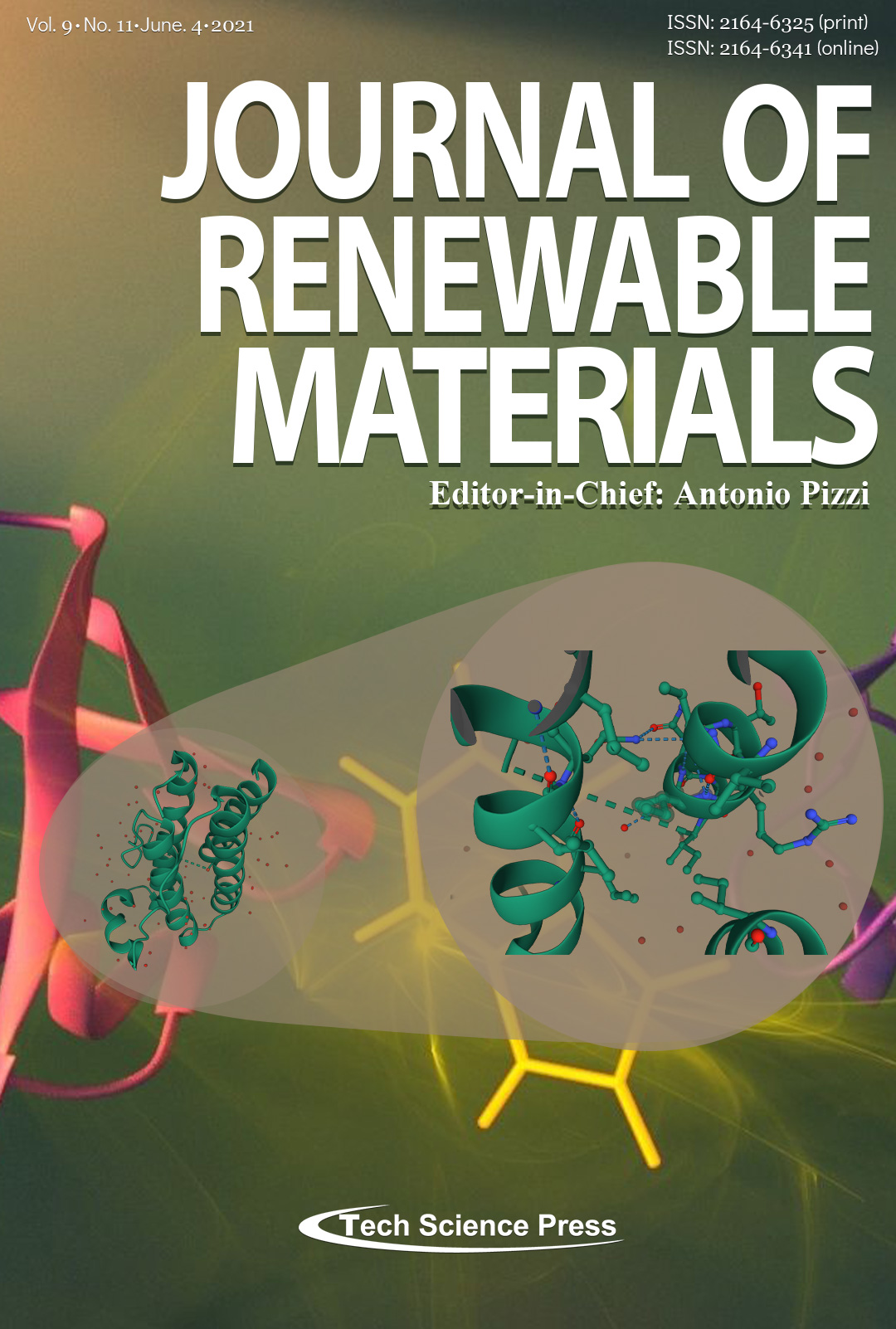Improved Geotechnical Behavior of an Expansive Soil Amended with Cationic Polyacrylamide
Shengquan Zhou1, Minjie Shi1,*, Wei Chen1, Yongfei Zhang1, Weijian Wang1, Haojin Zhang1, Dongwei Li2
Journal of Renewable Materials, Vol.9, No.11, pp. 1941-1957, 2021, DOI:10.32604/jrm.2021.015693
- 04 June 2021
Abstract The characteristics of soil treated with cationic polyacrylamide (CPAM) mass content of 0%, 0.2%, 0.4%, 0.6%,
0.8%, and 1% were investigated through a series of laboratory tests to explore the practical engineering effect
of an expansive soil amended with environmental protection material CPAM. The results indicate that with
the increasing CPAM content, the liquid limit and plasticity index of soil decrease, the plastic limit increases,
and the free swelling ratio and loaded swelling ratio decrease. Besides, the improved soil has less disintegrating
property and better water stability. The shear strength increases as the content increases,… More >
Graphic Abstract
